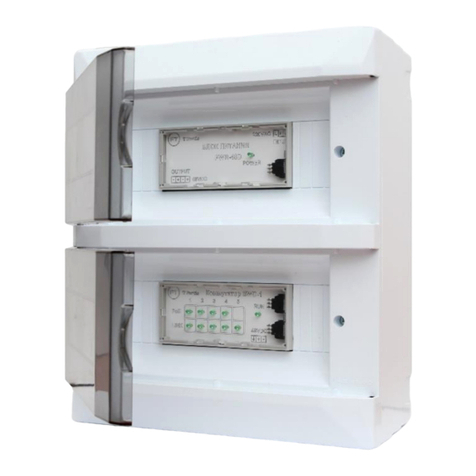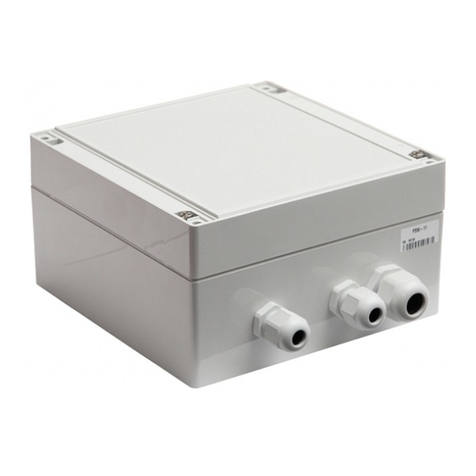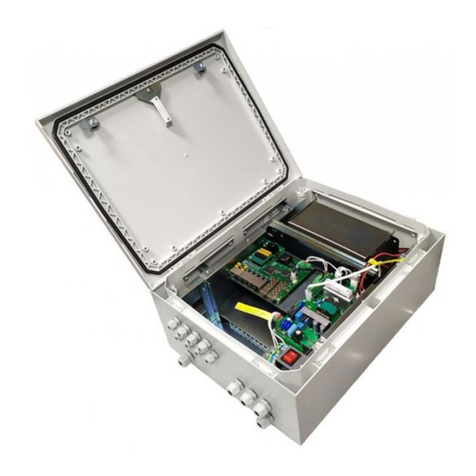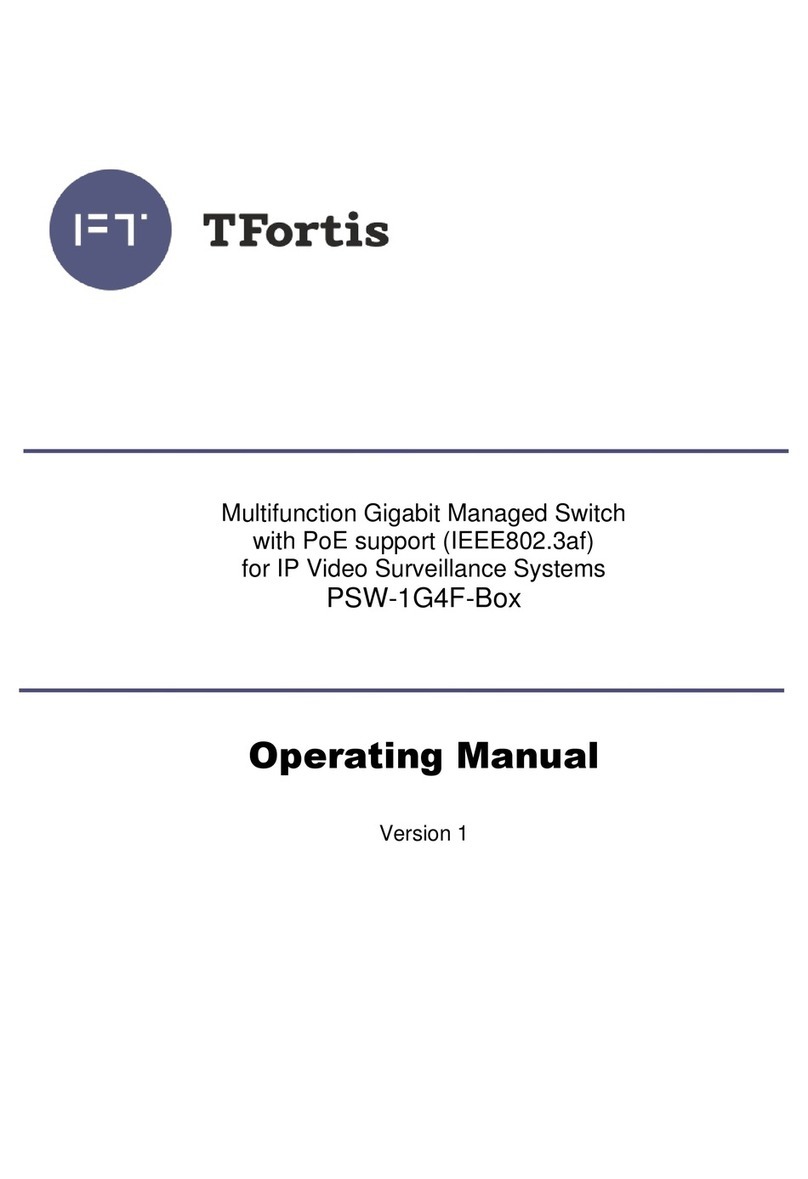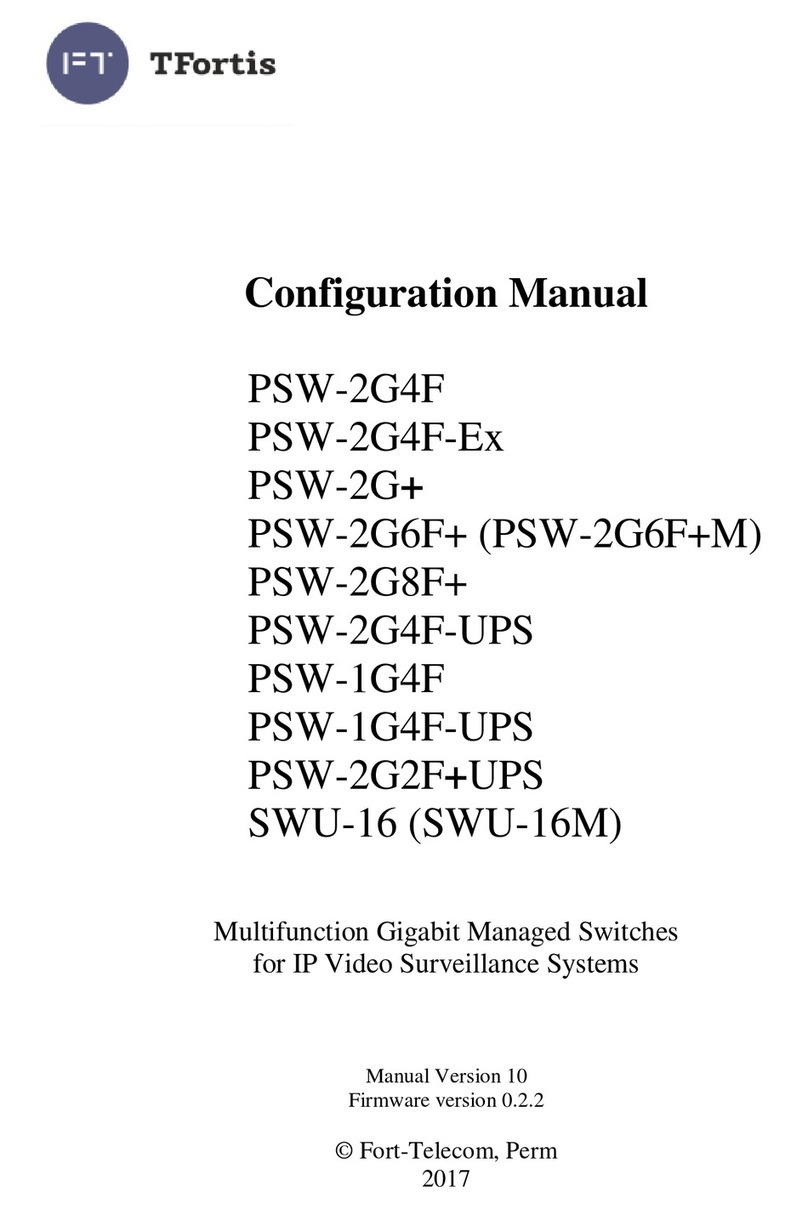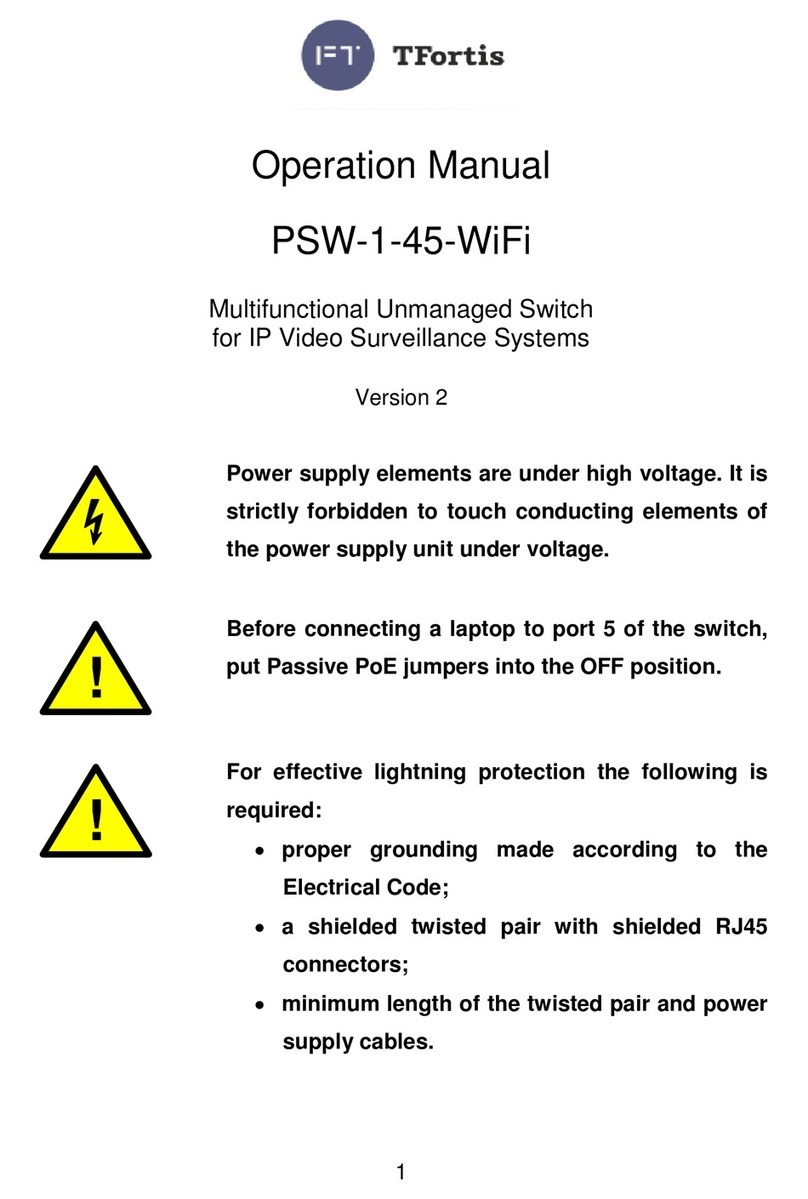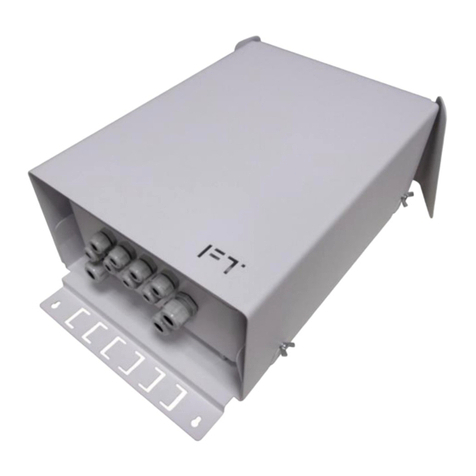Contents
1. Purpose.....................................................................................................4
2. Description................................................................................................6
2.1. Appearance........................................................................................6
2.2. Components layout ............................................................................8
2.3. PoE power supply..............................................................................9
2.4. Lightning protection..........................................................................10
2.5. Restarting cameras in case of hanging ...........................................11
2.6. Cable tester......................................................................................11
2.7. Remote camera polling....................................................................12
2.8. Built-in UPS......................................................................................12
2.8.1. Control of incoming voltage.......................................................12
2.8.2. Description of UPS operation....................................................13
2.8.3. Estimation of uninterrupted operation time ...............................15
2.8.4. Battery function check...............................................................16
2.8.5. Battery installation.....................................................................16
2.8.6. Control of fans operation...........................................................17
3. Technical parameters .............................................................................18
4. Operating conditions...............................................................................18
5. Preliminary setting ..................................................................................19
5.1. Resetting the switch to factory settings ...........................................19
5.2. IP address setting ............................................................................19
5.3. User name and password setting ....................................................20
5.4. Activation of redundancy protocols..................................................20
6. Installation of the switch..........................................................................21
6.1. Mounting of the housing...................................................................21
6.1.1. Wall mounting............................................................................21
6.1.2. Mounting on the pole.................................................................21
6.1.3. Installation into TFortis CrossBox cabinet.................................21
6.2. Optical connections..........................................................................23
6.3. Power supply connection.................................................................23
6.4. Camera connection..........................................................................24
7. Manufacturer's warranty .........................................................................25
3
